价格符号怎么用英语表示
In written English, there are several ways to indicate the price of a product or service. The most common ways are to use the dollar sign ($), pound sign (£), euro sign (€), or yen sign (¥) followed by the numerical value.
For example, $10.99, £7.99, €4.99, or ¥100.
In some cases, the currency name may be spelled out instead of using the symbol. For instance, 'ten dollars' or 'seven pounds and ninety-nine pence.'
When writing about prices, it's important to be consistent with the currency symbol or name used throughout the text. Additionally, it's helpful to clarify whether the price includes tax or not, especially when dealing with international audiences.
When writing about prices in a list or table, it's common to use the currency symbol or name once at the top of the list or table to indicate the currency being used.
For example:
| Item | Price |
|------|-------|
| T-shirt | $19.99 |
| Hoodie | $39.99 |
| Backpack | $59.99 |
In informal contexts, it's also common to use abbreviations such as 'bucks' for dollars or 'quid' for pounds.
http://easiu.com/common/images/WhawbgovvA_2.jpg
Overall, using clear and consistent pricing symbols and conventions is essential for effective communication in written English.

扬子空调关机后显示E5
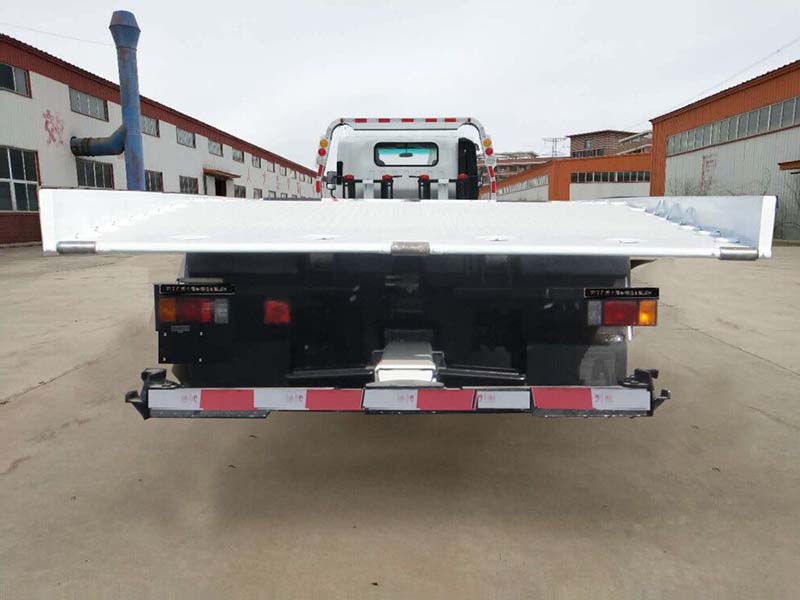
创维电视50E760
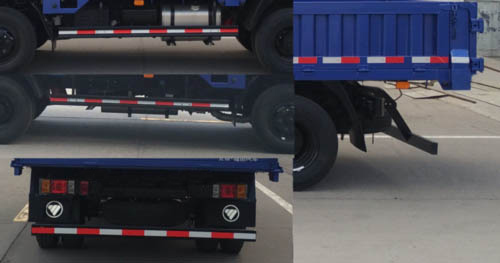
长虹pt50718x维修

格力空调 50w

电热水器加热管更换

波轮洗衣机脱水没劲

三星空调红绿灯闪
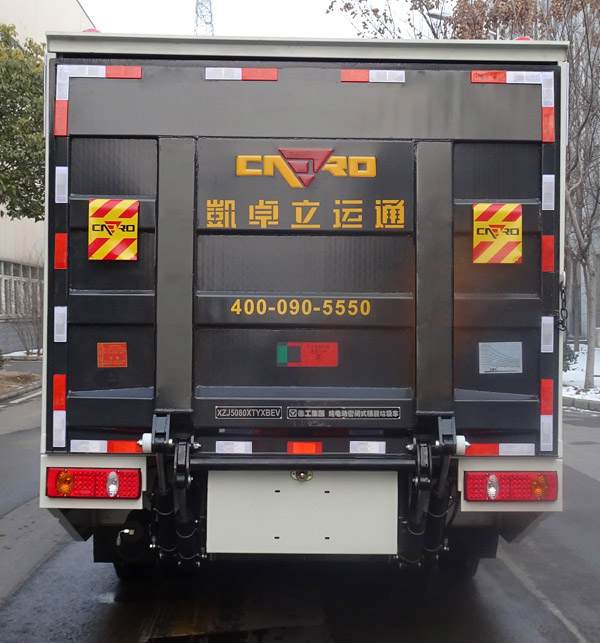
格力35空调压缩机价格

创维电视图像模糊

家用燃气热水器电池

康佳电视调色彩

电磁炉电路板进油短路
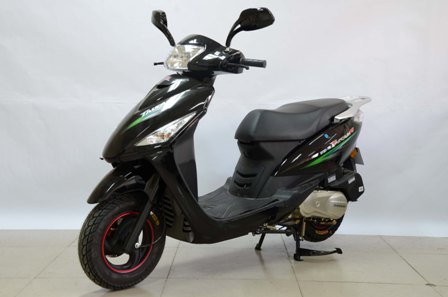
东营三菱投影仪维修点
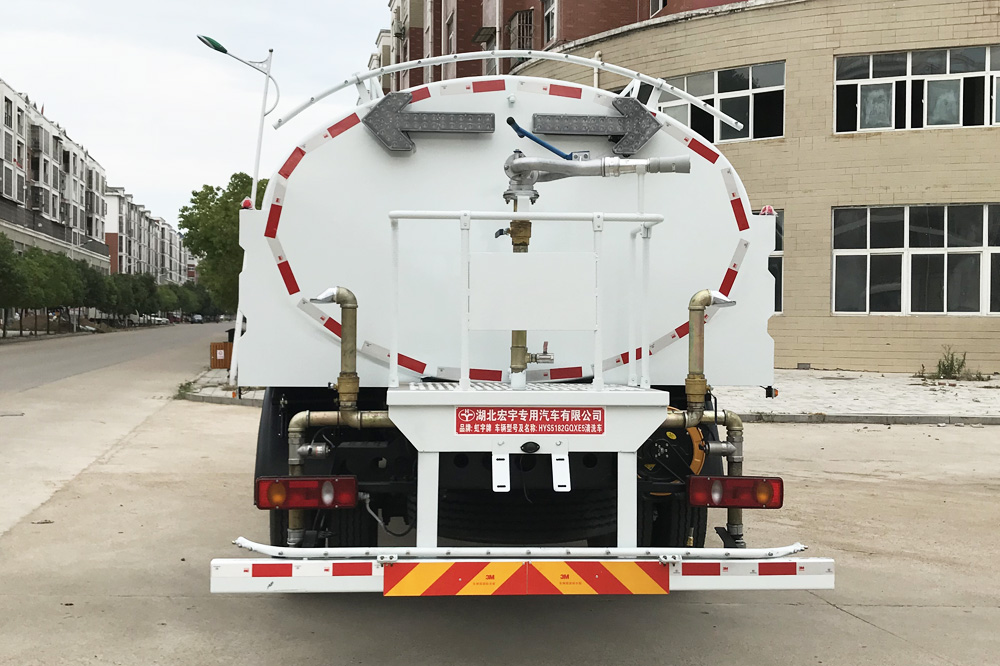
tlm4236p电路图
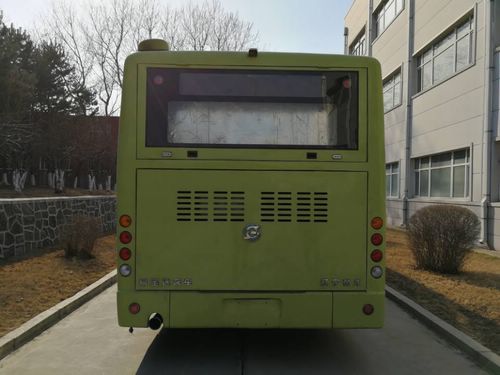
创维彩电33T88HT

皇冠电热水瓶电路板
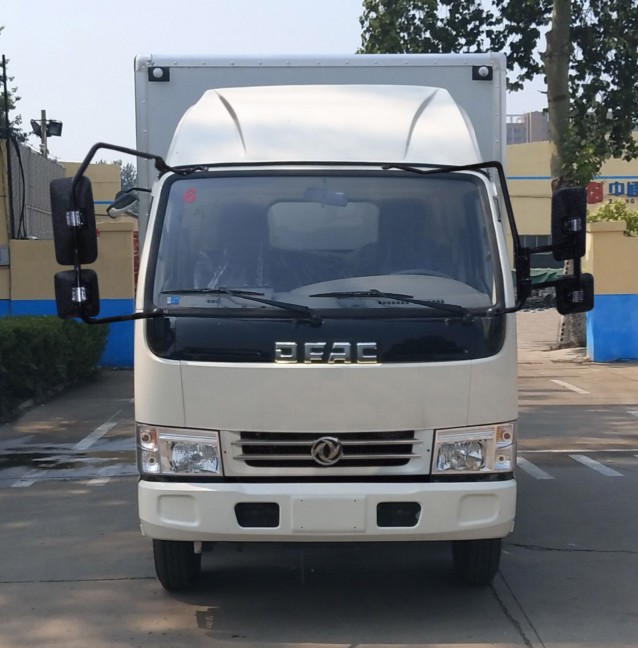
海尔液晶显示器ht-19166w

九龙坡格力空调

液晶电视电源做假负载
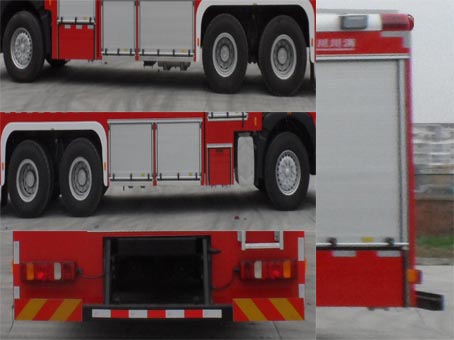
空调外机丝丝响